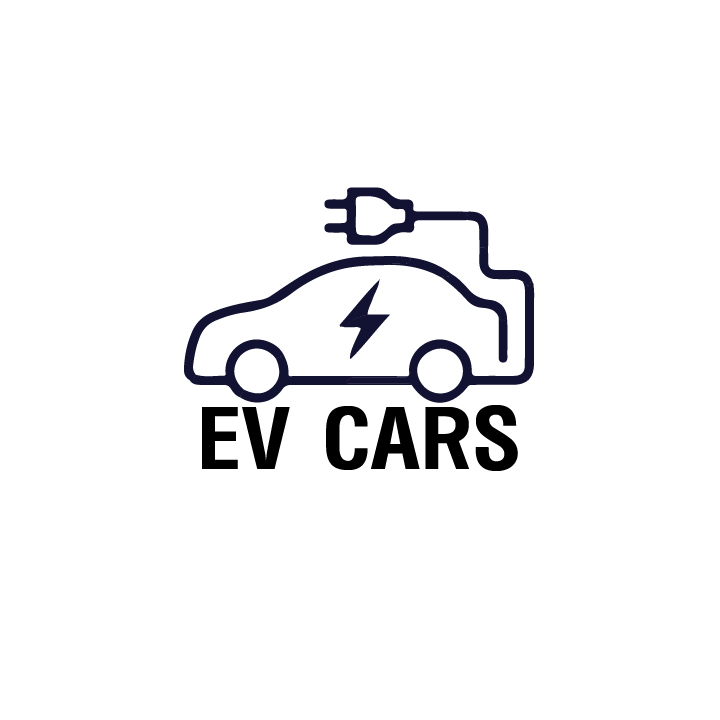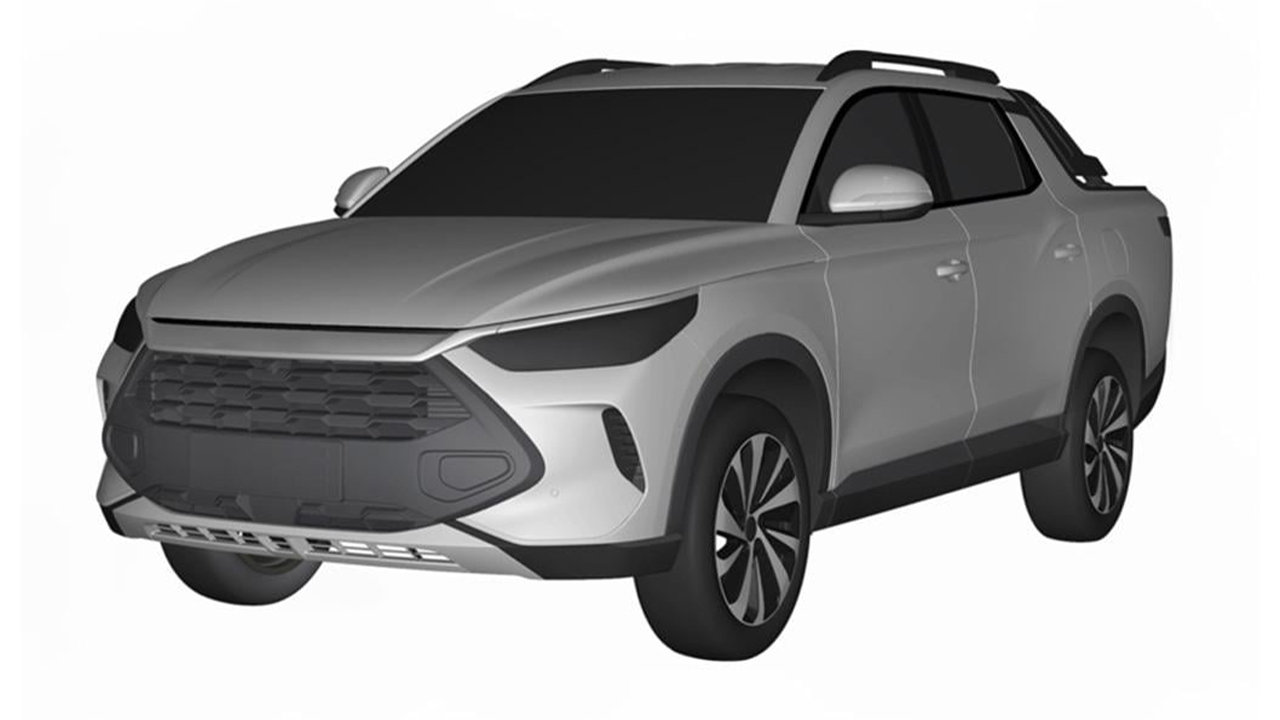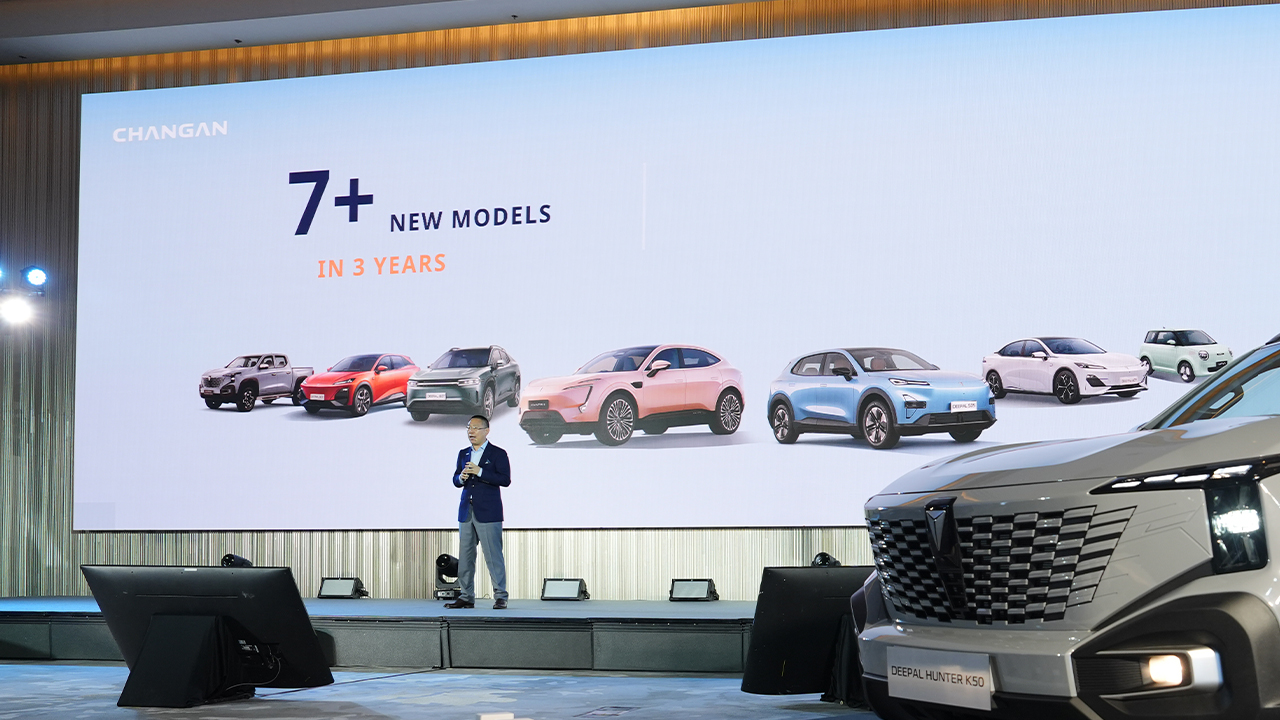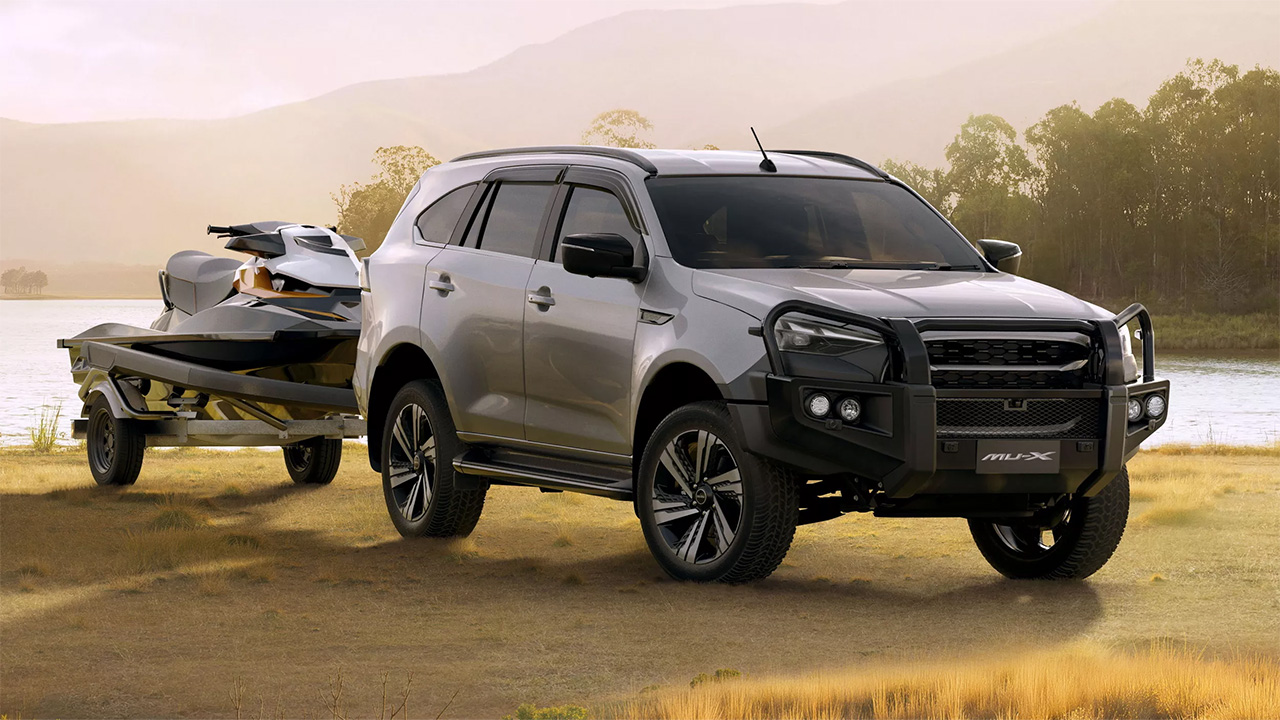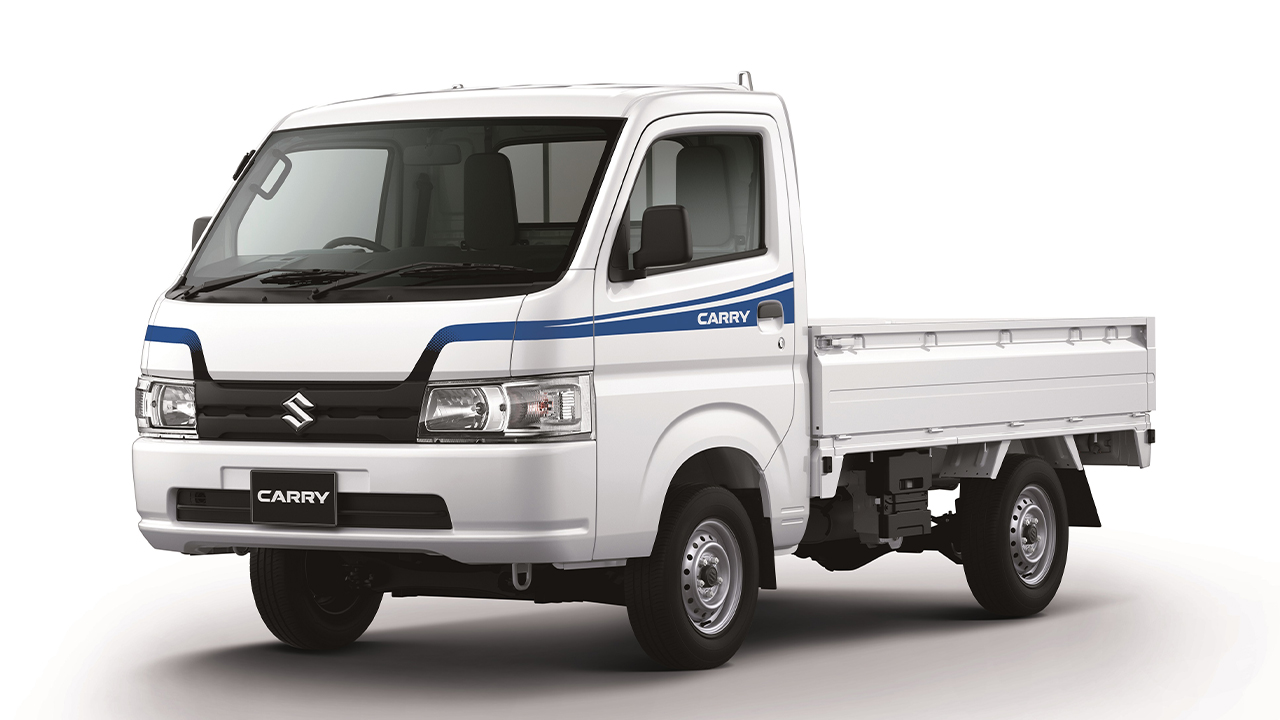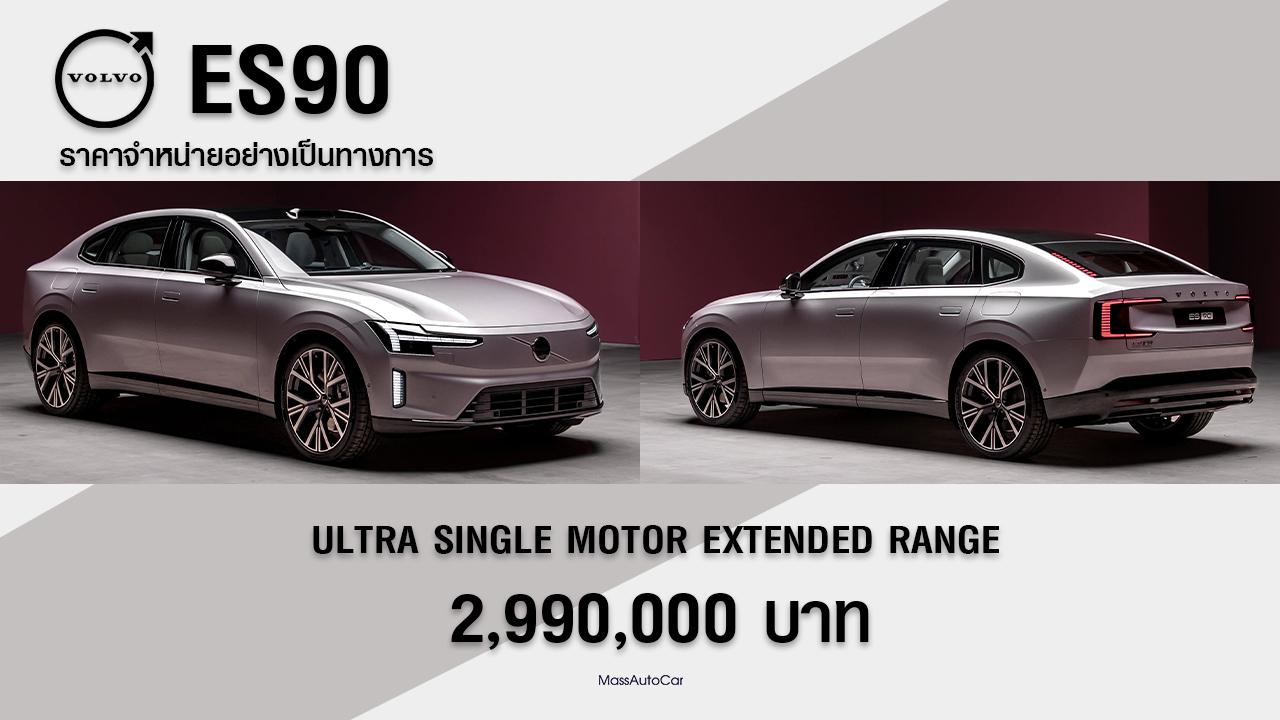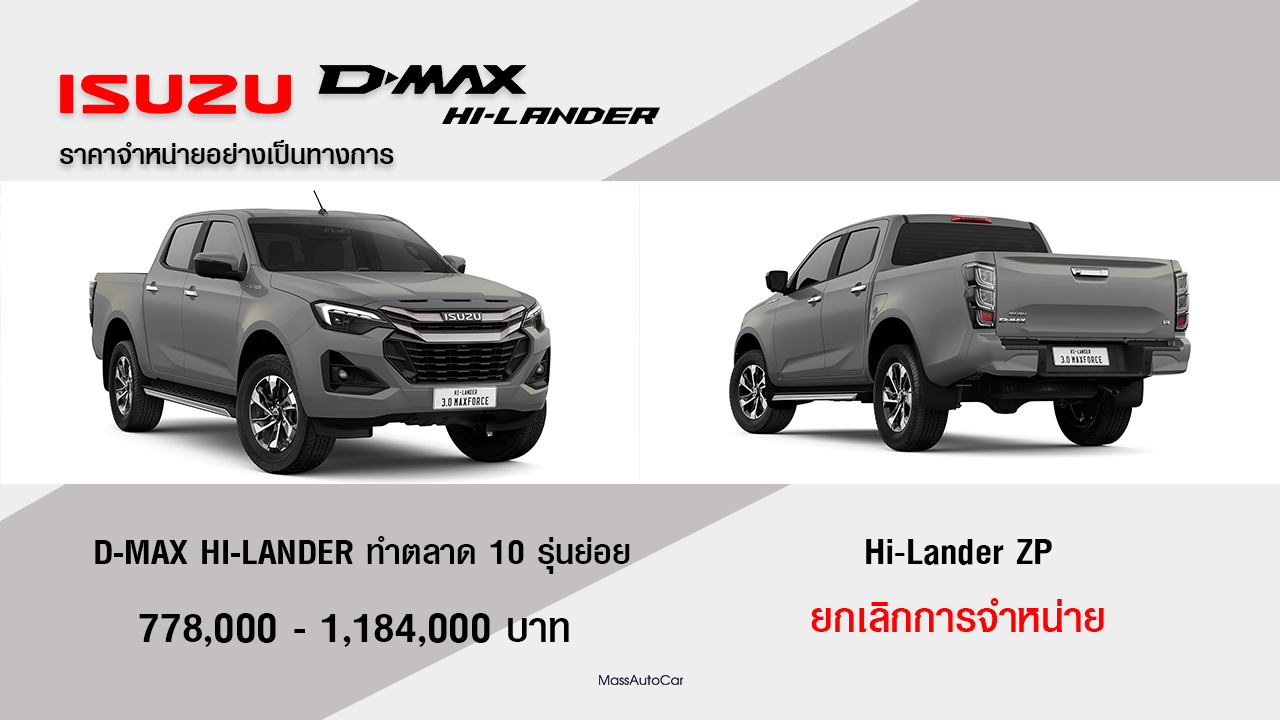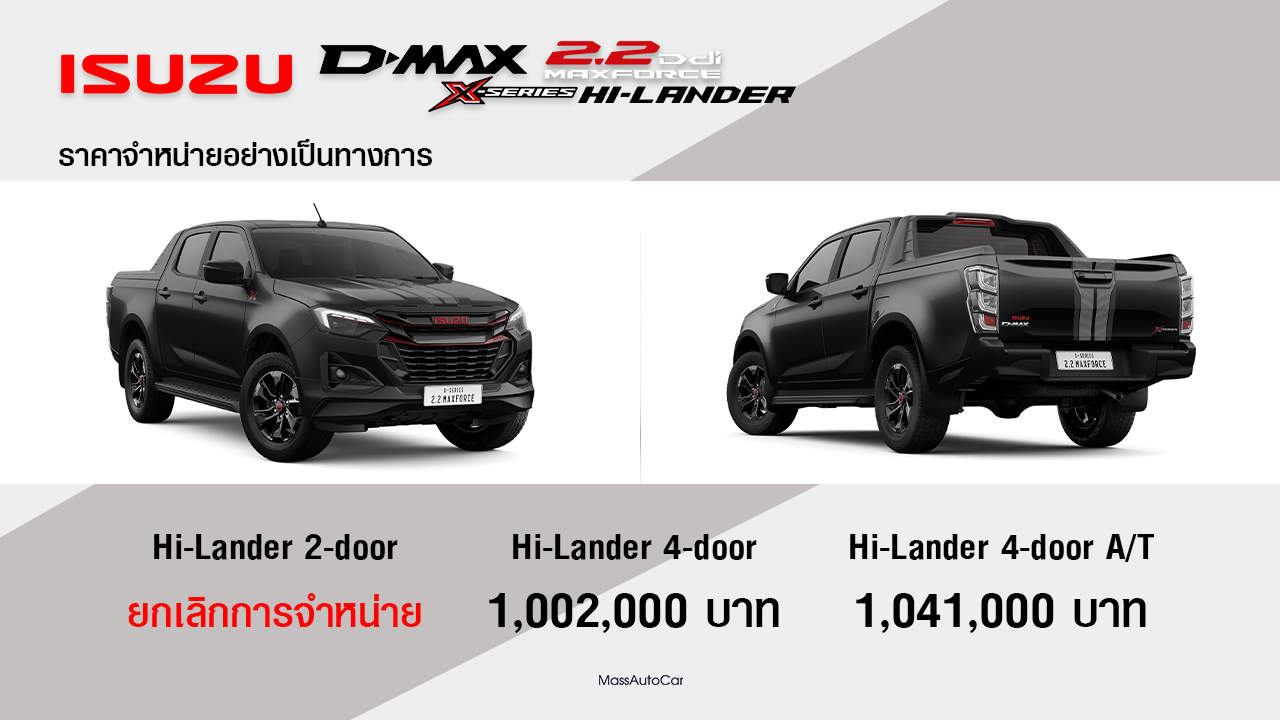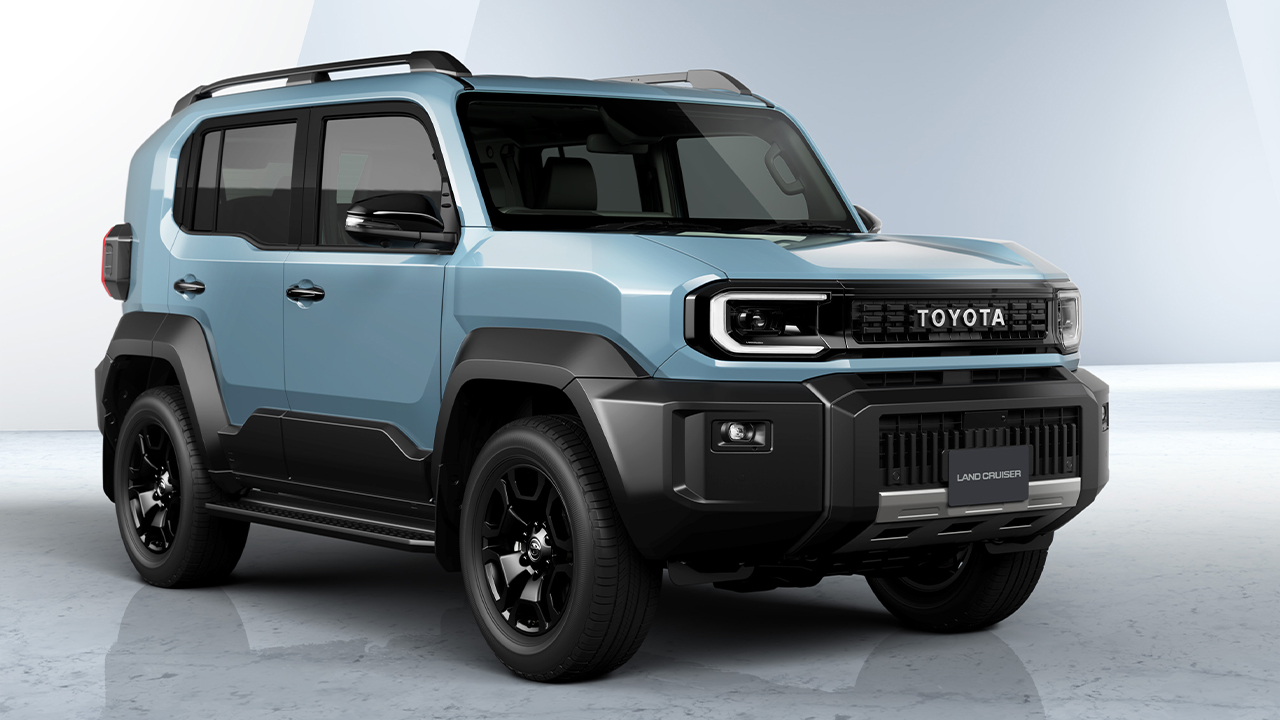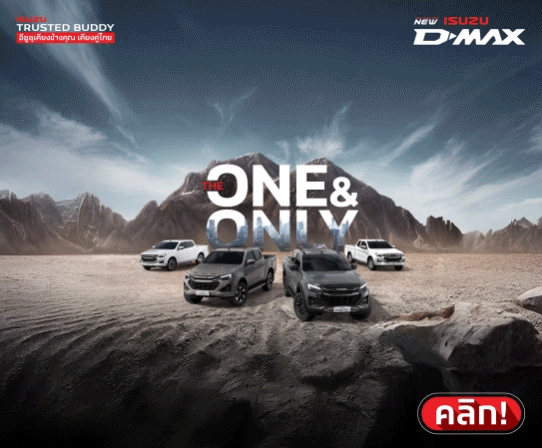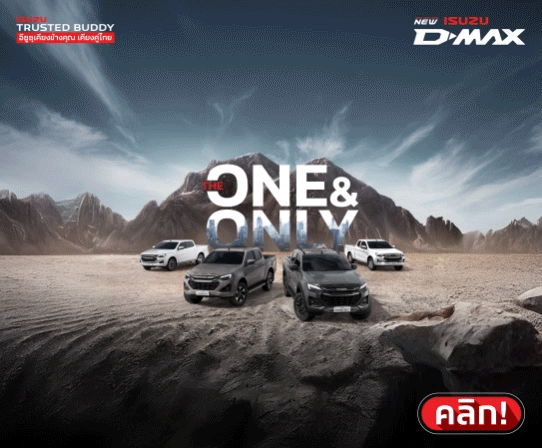
Why isn’t the diesel engine ready for the market yet? The full explanation can be read on Headlightmag.com. From MassAutoCar’s perspective, however, Thailand still benefits from Toyota’s decision to first launch the model with a 2.7-liter gasoline engine. The Land Cruiser FJ is mainly targeted at international markets, and gasoline engines offer lower emissions and lower development costs to meet global regulations. Therefore, when the goal is faster development and profitability, using a gasoline engine is a quicker and more efficient path than developing a diesel version. Toyota aims to minimize the production cost of this model while maintaining global standards. Using the existing structure and components from the HiLux makes sense because the FJ is positioned below the Land Cruiser 250. Choosing the IMV platform—already heavily invested in within Thailand—is therefore the most logical approach.
Think about it this way: if Toyota had started production in Thailand but didn’t sell it locally because they were waiting for a diesel version, people would complain, saying, “Why not sell it here? It’s made in our country!” Yet now that Toyota launches it alongside other countries but only with a gasoline engine, people are complaining again, asking, “Why no diesel?” It’s not that Toyota doesn’t know—it's simply not ready yet. Making the car move is easy; the difficult part is getting it certified under emissions laws within cost constraints. Because this model will be sold globally, it must follow majority-market requirements. This isn’t like the pickup era when Thailand was a huge market selling hundreds of thousands of units. This is the SUV segment, where sales volume depends on combined demand from multiple countries. Meanwhile, Thailand’s total vehicle sales across all brands have dropped below 600,000 units in 2024. The economy is struggling, and the Chinese auto industry is taking market share. Thai consumers’ purchasing power has shifted toward imported cars or vehicles assembled in Thailand using Chinese parts. Combined with other economic factors, Toyota must look to export markets to achieve sufficient volume for cost efficiency.
Under these circumstances, Toyota’s decision to assemble the FJ in Thailand and use it as a global export base benefits the country. Even if gasoline engines don’t appeal to most Thai buyers as much as diesel, exporting them generates revenue for Thailand. Local suppliers gain production orders from Toyota, supporting jobs and keeping the automotive supply chain active during a slowdown. If Toyota waited for the diesel version—which would mainly target Thai buyers—it would take much longer and the sales volume wouldn’t compare to export demand. Meanwhile, Thai parts suppliers have already suffered from declining pickup and domestic vehicle sales due to inconsistent government policies. So, while the diesel option isn’t available yet, Thailand still benefits from the FJ’s export program. Early Thai buyers who choose the gasoline model can enjoy the car at the same time as other countries. Local aftermarket and suspension shops also get new business opportunities from this new mainstream model—creating cash flow within the Thai auto industry and community. That’s the upside, even if the diesel engine isn’t here yet.
Thailand’s problem lies in its fuel price structure, which differs from most countries, leading to stronger domestic demand for diesel. But this is a local issue—not a global one. We can’t treat our situation as the world’s standard. If our problem is expensive fuel, then the root cause is the pricing structure of Thailand’s own oil system, not the lack of diesel engines in Toyota’s lineup. We shouldn’t blame automakers for something caused by policy. The real responsibility lies with those in power who can fix the system—but choose not to.
Article by: Tragul Lintamitr / MassAutoCar



